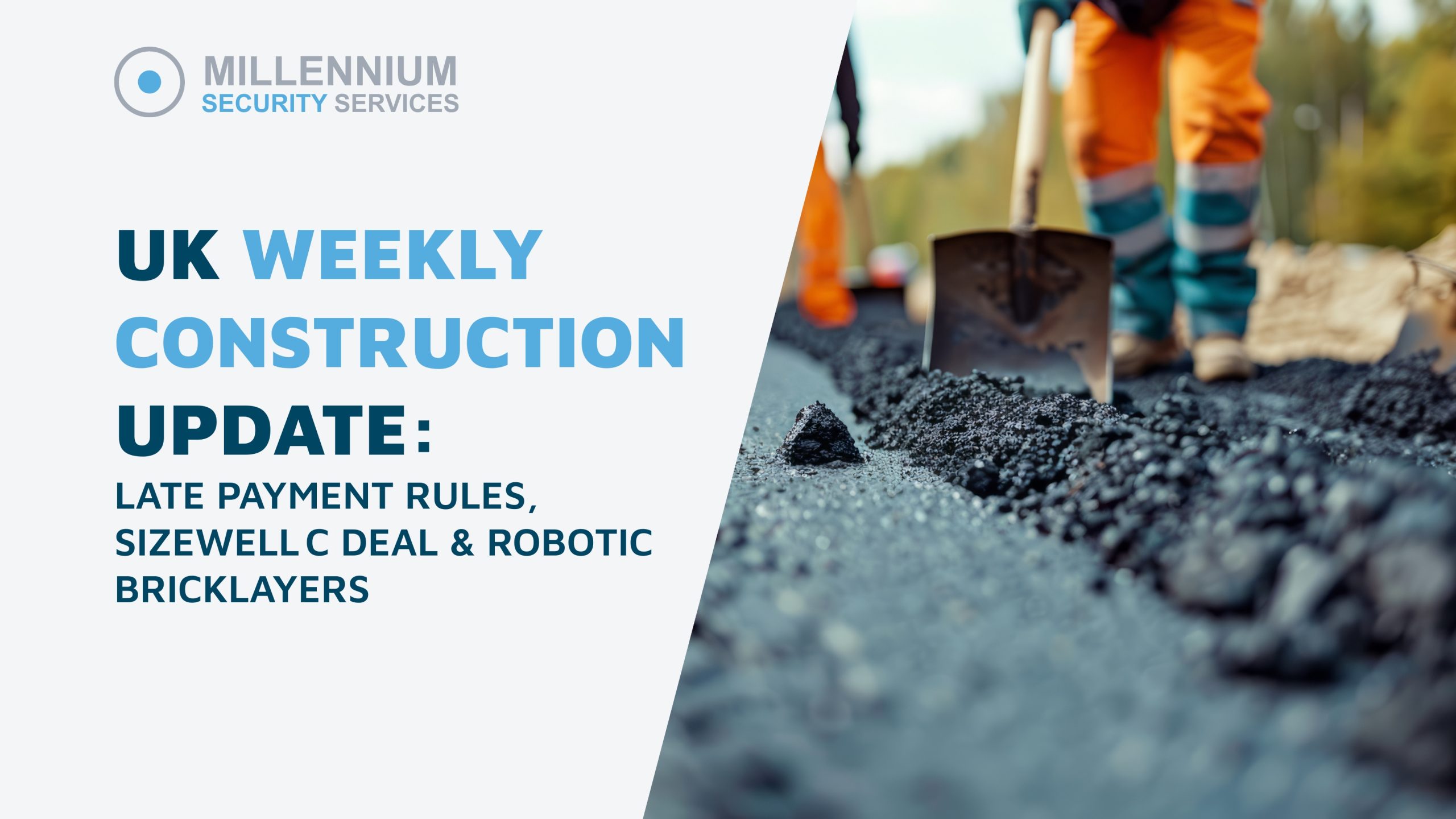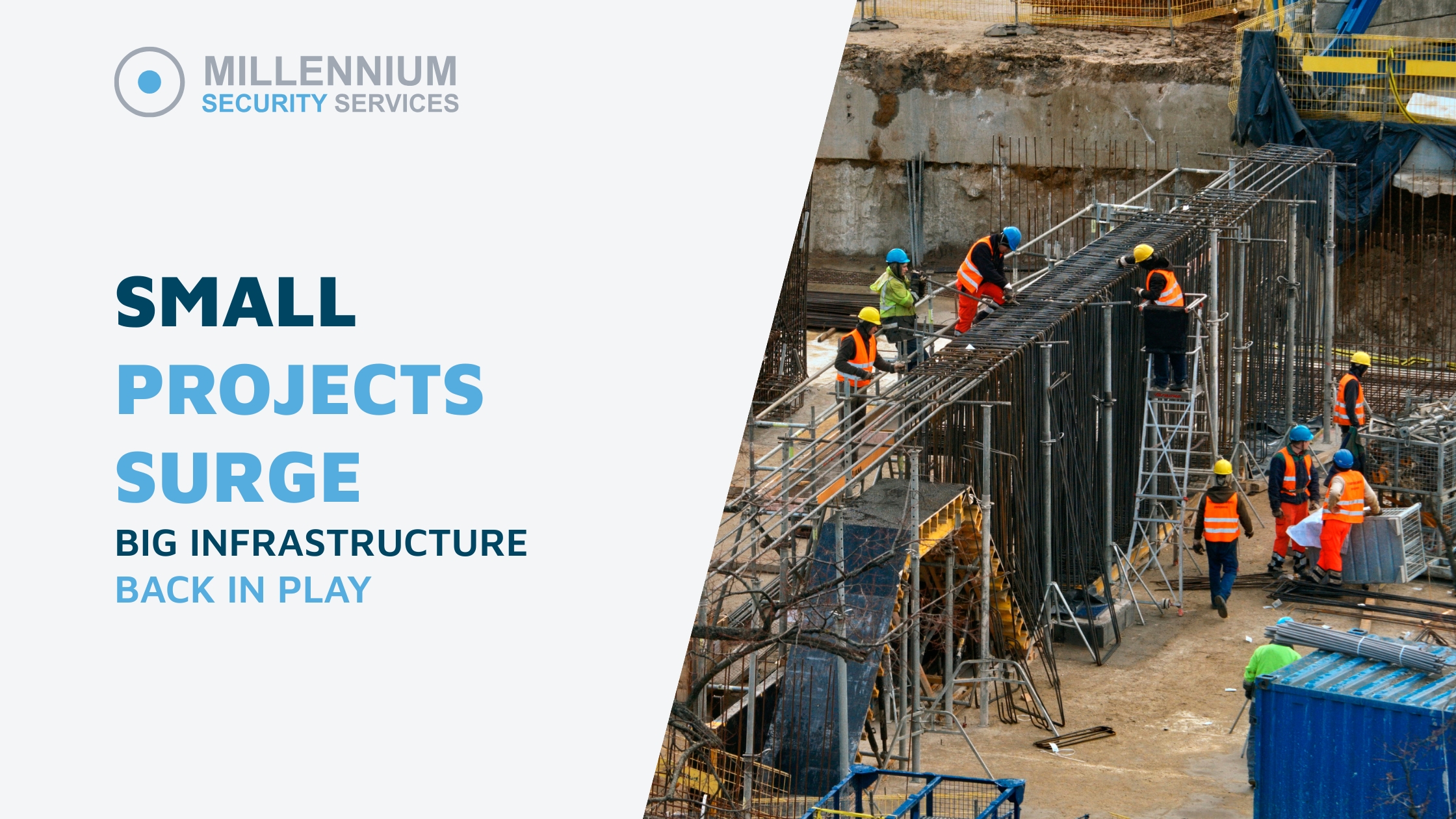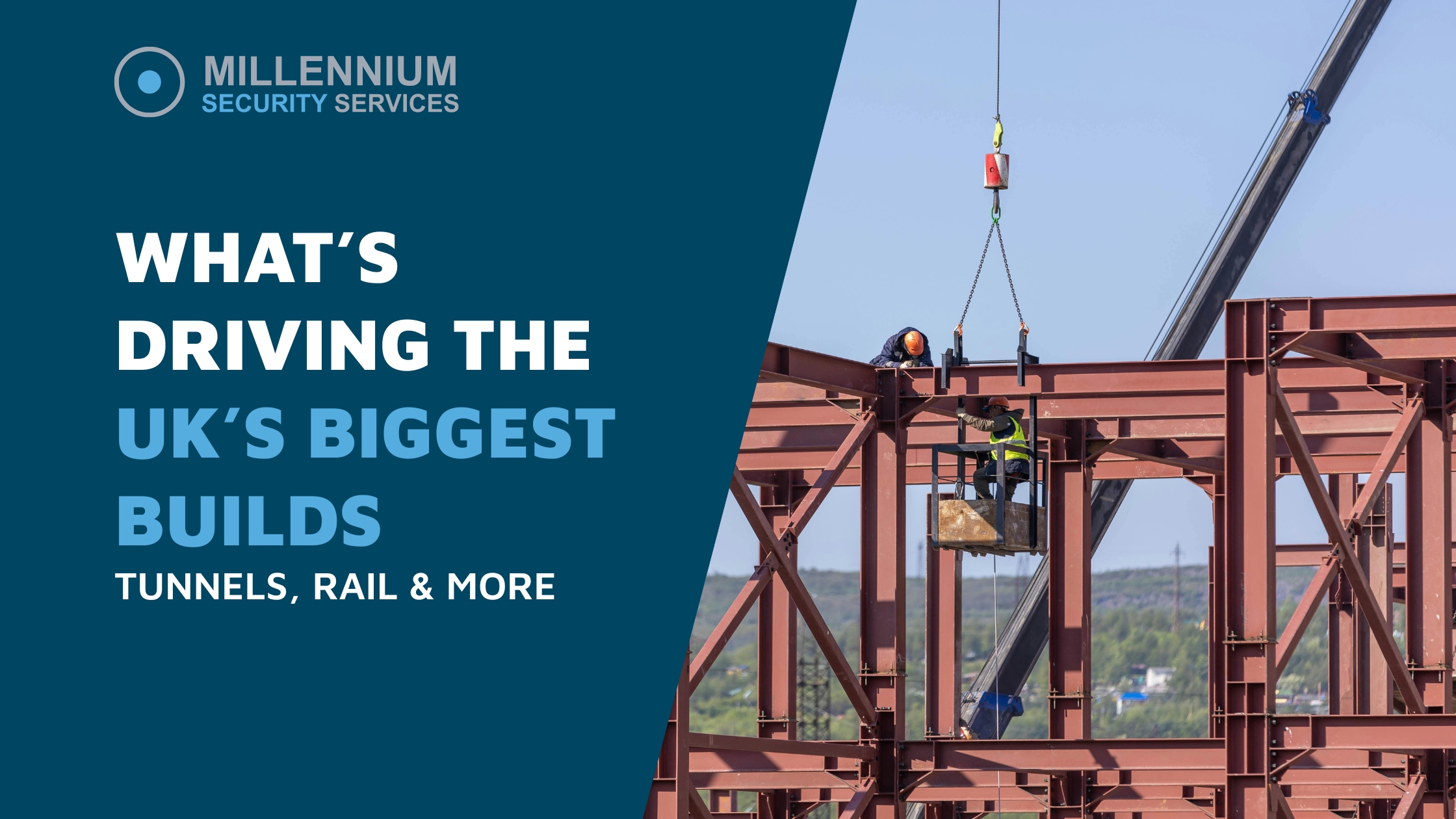You notice it first in the sound. Or rather, in the absence of it. By July, even the most frenetic construction sites, the ones with tower cranes cutting the skyline like clock hands seem to exhale. The clang of steel softens, the radios are turned down low, the crews begin speaking in quieter voices. Summer holiday season has arrived, and with it a strange lull that is at once expected and unnerving.
For those outside the industry, the idea that work could slow in summer might feel absurd. Isn’t this the perfect weather for pouring concrete, setting track, lifting panels into place? But those who live inside the rhythm of UK construction know otherwise. Holiday schedules collide with delivery delays. Labour gaps appear overnight. Deadlines suddenly feel elastic, and site managers, those reluctant choreographers of chaos, are left reading weather forecasts and traffic bulletins like tea leaves.
The Predictable Unpredictability
In theory, everyone plans for it. The summer exodus. The staggered leave sheets pinned to the breakroom wall. The carefully negotiated overtime agreements. In practice, however, no two summers unfold the same way. A subcontractor’s crew vanishes to Spain. A main contractor loses its best traffic marshal to a family emergency. Rail and road closures, scheduled in the name of improvement, bottleneck entire regions.
In this context, “prediction” feels almost laughable. And yet, that’s precisely what clients and insurers and local authorities demand: foresight. They want guarantees that projects won’t slip, that sites won’t become vulnerable. They want to know that security won’t fray just because the schedule does.
Vulnerability in the Quiet Hours
If you walk a site at dusk in August, a void property in East London, a solar farm on the Scottish border, a motorway upgrade near the M25 – you will see it. The half-finished scaffolds silhouetted against a soft sky. The lonely hum of a CCTV tower, its sensors scanning for movement that may or may not come. In these moments, sites are paradoxically both still and exposed.
It is during the quiet hours that risks sharpen. Vacant zones invite trespassers. Equipment left idle becomes temptation. Fires, accidental or otherwise start in the heat and go unnoticed longer. The very calm of summer, the thing that feels like reprieve, is what opens the door.
The New Patterns Emerging
What’s different this year and why this matters is not simply the return of a familiar lull. It’s the way new pressures intersect with it:
- Labour shortages are no longer seasonal inconveniences but systemic issues. Skilled workers, once plentiful, are booked months ahead. Summer breaks only highlight the fragility.
- Inflation and material costs make every lost day more expensive. A delayed concrete pour today costs significantly more to rectify than it did two summers ago.
- Security technology is evolving faster than ever, with wireless CCTV and mobile towers replacing static patrols, a shift accelerated by holiday season gaps in manpower.
- Climate volatility means even summer is unpredictable. Flash storms, heatwaves, and transport disruptions layer on new risks.
The sites that navigate this best are the ones that stop pretending summer is a blip. They plan for it as an inevitability, building resilience into every timeline and every risk assessment.
What We Might See Next Summer
If patterns hold, next year will not bring relief but a sharpening of contrasts. Automation will creep further onto sites, not because it’s novel, but because it’s necessary. Security towers will become standard not just for major projects but for mid-sized works in urban peripheries. And the quiet, that eerie mid-summer quiet? It may deepen as companies adapt by working leaner, trusting sensors and cameras to watch while humans rest.
The question for site managers is not whether summer slowdowns will happen, but how much risk they’re willing to tolerate in the quiet.
A Season of Reflection
There is something almost cinematic about a construction site in summer twilight. The scaffolds are still there, the work half-done, the promise of completion deferred until the crews return. In that pause, one senses both vulnerability and opportunity: the chance to rethink schedules, retool security, and prepare for what autumn will demand.
Summer is not a disruption. It is the truth laid bare. The work continues, but differently, more quietly, more exposed. Those who prepare for this quiet reckon with reality. Those who don’t are left surprised, year after year, by what was always coming.



